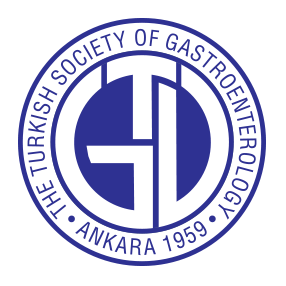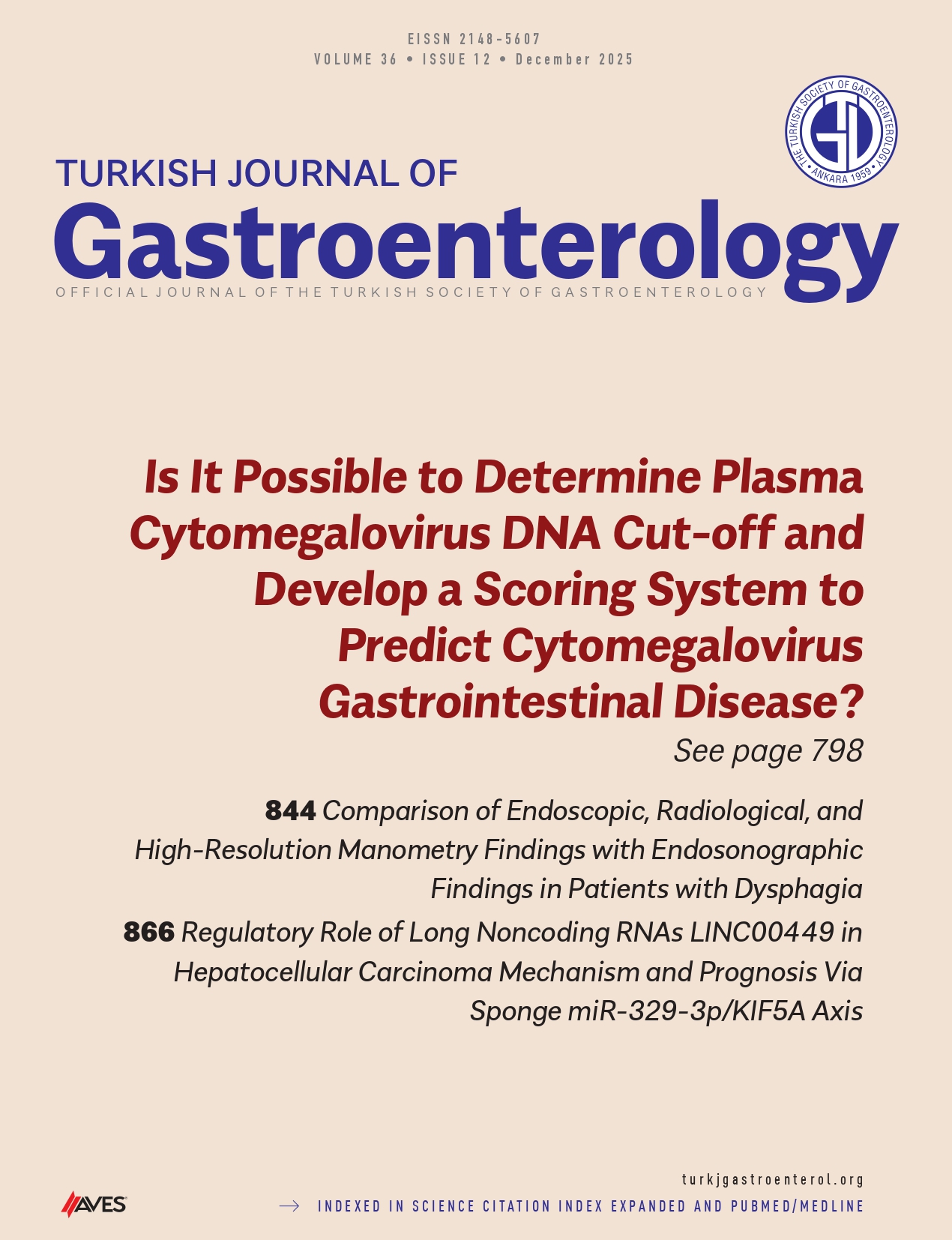Background/Aims: Primary biliary cholangitis (PBC) is a chronic liver disease influenced by environmental, genetic, and epigenetic factors, with varying incidence across populations. This study compared demographic, biochemical, and treatment responses in Danish and Turkish PBC patients.
Materials and Methods: Four cohorts were analyzed: (1) 101 incident Turkish patients, (2) 77 incident Danish patients, (3) 103 prevalent Turkish patients, and (4) 155 prevalent Danish patients. Demographics, biochemical data, disease severity, and response to ursodeoxycholic acid (UDCA) were assessed. Regression analysis was applied to the entire cohort to identify factors associated with the UDCA response.
Results: Female dominance was noted in all cohorts (>90%) except the Danish incident group (75%). Turkish patients in the prevalent cohort were younger than Danish patients. Antimitochondrial antibody (AMA) positivity was higher in Turkish cohorts (92%-97%) compared to Danish cohorts (75%-88%). Biochemical data were similar across groups, with 15% of both populations having cirrhosis. Turkish patients showed a higher complete response to UDCA. Elevated alanine aminotransferase (ALT) levels reduced UDCA response, while Turkish ethnicity and older age improved it.
Conclusion: Despite similar disease severity and age at diagnosis between Danish and Turkish PBC patients, Turkish patients had higher AMA positivity and better responses to UDCA treatment. These findings suggest potential genetic or environmental influences on treatment efficacy.
Cite this article as: Eruzun H, Bossen L, Turan Gökçe D, et al. Clinical and biochemical characteristics of a Danish and Turkish cohort of incident and prevalent patients with primary biliary cholangitis. Turk J Gastroenterol. 2025;36(4):241-246.




.png)
.png)